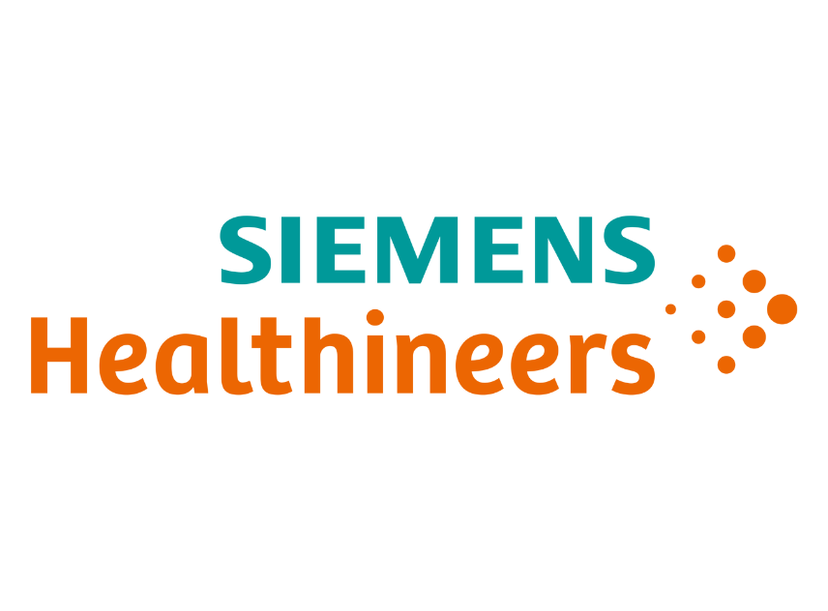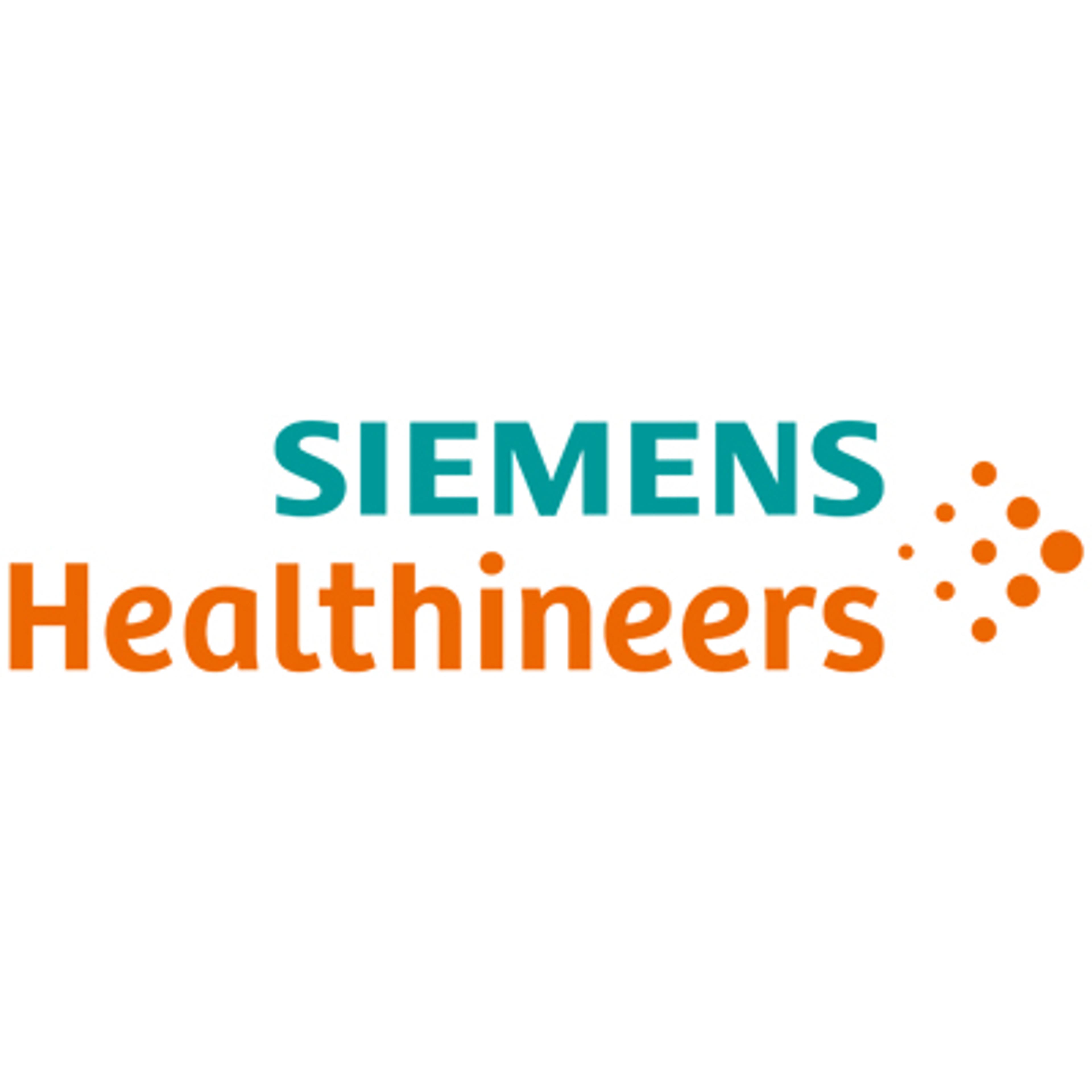The Atellica IM TnIH test helps predict patient risk of cardiac events/death
This high-sensitivity troponin test from Siemens Healthineers is the only one in the US with a prognostic risk intended use
28 Oct 2024
A new prognosis claim for the Siemens Healthineers Atellica IM High-Sensitivity Troponin I (TnIH) test1 immediately advances care for at-risk cardiac patients in the US. The blood test helps healthcare providers identify patients at risk of death and major cardiac events that could occur up to one year after presenting to the emergency department with signs and symptoms of acute coronary syndrome. It is the first test of its kind in the US to receive FDA clearance for prognosis.
More than 7 million people present to US EDs annually with a chief complaint of chest pain2, triggering a cascade of diagnostic efforts to determine if a patient is experiencing a heart attack. The Atellica IM TnIH blood test is used in many hospitals across the country to measure cardiac troponin I in a patient’s blood. Cardiac troponin I is a specific and sensitive biomarker that indicates heart muscle injury.
For the large number of chest pain patients who do not end up with a current heart attack diagnosis, the Atellica IM TnIH test may provide information about their impending risk. As many as 48.9% of patients with an elevated cardiac troponin I result will go on to experience death or a major adverse cardiac event.
The guideline-acceptable high-sensitivity troponin I tests are well-established aids in the diagnosis of heart attack for use on the Atellica Solution, Atellica CI Analyzer, and ADVIA Centaur platforms. With a 10-minute time to first result, the Atellica IM TnIH test now can be used as an aid in prognosis for 30-, 90-, 182-, and 365-day all-cause mortality and major adverse cardiac events (MACE) in patients presenting with signs and symptoms suggestive of acute coronary syndrome (ACS). MACE consists of myocardial infarction, urgent revascularization, cardiac death, or heart failure hospitalization.
The test was first cleared by FDA for in vitro diagnostic use in the quantitative measurement of cardiac troponin I in human serum or plasma (lithium heparin) to aid in the diagnosis of acute myocardial infarction. Since its introduction, the blood test has widely demonstrated its clinical utility in patient care across the globe. The high-sensitivity troponin I blood test offers more precise clinical assessment with highly sensitive detection of AMI in both sexes3.
“The new Atellica IM TnIH indication helps us predict which patients may be on the cusp of a major cardiac event,” said Dr. Alan H.B. Wu, Core Lab Co-Director, Zuckerberg San Francisco General Hospital. “We learned that nearly 50% of the patients that presented with elevated TnIH results, and a history of cardiac events are at risk for heart attack and/or death. Now this assay, in combination with a robust clinical assessment, can inform physicians on immediate and long-term management of patients to reduce risks for adverse events.”
This information can potentially help reduce high readmission rates associated with cardiac ED visits — 30% readmission rates were observed within the first 12 months after initial MI4. “If just one patient is triaged more effectively because of the clinical information this blood test provides, it could lead to faster intervention, prevent hospital readmission, or even save a life,” said Michele Zwickl, head of laboratory solutions for Diagnostics, Siemens Healthineers North America.
References
1. This expanded claim is intended for use in the United States. Claims relevant to use cases in other markets can be found on the Siemens Healthineers website.
2. https://www.ahajournals.org/doi/10.1161/HCQ.0000000000000112
3. Compared to conventional troponin assays.
4. Dreyer R.P., Raparelli V., Tsang S.W., D'Onofrio G., Lorenze N., Xie C.F., Geda M., Pilote L., Murphy T.E. Development and Validation of a Risk Prediction Model for 1-Year Readmission Among Young Adults Hospitalized for Acute Myocardial Infarction. J Am Heart Assoc. 2021 Sep 21;10(18):e021047. doi: 10.1161/JAHA.121.021047.
Want the latest science news straight to your inbox? Become a SelectScience member for free today>>

